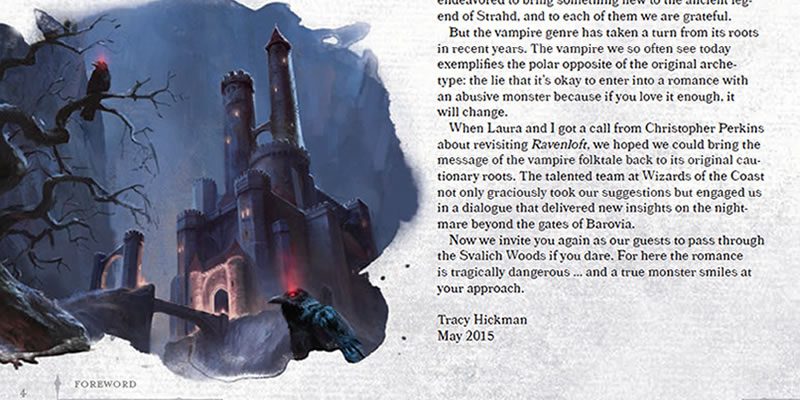DM’s Guild Review: Van Richten’s Libram of Lineages
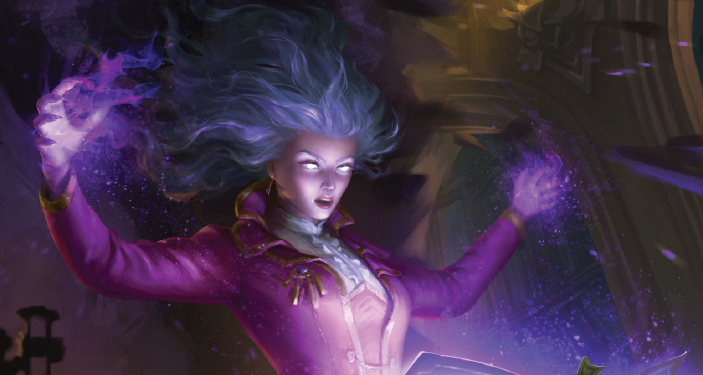
All art comes from the reviewed product
In today’s article, I’ll be talking about a new product from the DM’s Guild named Van Richten’s Libram of Lineages. If you liked the whole lineage system from Van Richten’s Guide to Ravenloft (more on that HERE), should you get this product? Let’s check it out:
Disclaimer: The people at Splinterverse were kind enough to gift us a review copy of their product.
Art
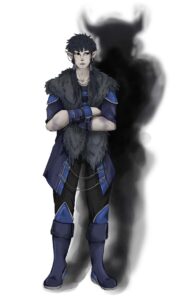
Shadowsoul
When reviewing products I always like to make a note about the art from it, as it usually is what first catches the buyer’s eyes. This product has art for most of its pages. Each of the four lineages has a separate piece of full body character art that perfectly illustrates what the lineage is all about. The rest of the pages has different illustrated trinkets that occupy the empty spaces while giving the buyer more ideas on how to create their characters. The art is quite simple but very good for an indie product from the DM’s Guild.
Layout & Introductions
The product’s layout is similar to your typical D&D book. Two columns, lots of tables for inspiration, and everything you would expect out of a good D&D DM’s Guild product. The first page offers an introduction with a brief description of all lineages and ideas on how to use them. Additionally, each lineage has a made up quote from Van Richten giving his own opinion about the lineage in a similar way to how Xanathar, Mordenkainen, and Tasha give commentaries on their official books. Doesn’t add much, but it’s a nice detail to have.
Lineages
Descriptions
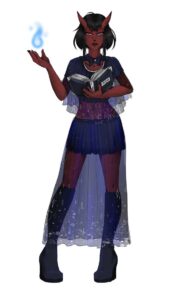
Book bearer
All 4 lineages have a very dark feel to them and are made to easily fit into any spooky setting. However, these are made to fit as well into any other type of campaign. Some can receive some tweaks to be made better, such as the shadowsoul, which involves having your shadow be from a different creature but for some reason only allows normal humanoids. Having the shadow be of an orc, a naga or a mummy could create very interesting stories as well and play a bit more with the spooky side of the lineage. Nevertheless, all lineages come full with inspiring descriptions of their looks, how other people usually see them and possible causes for a usual race to become this lineage. This is done with your classic rollable tables. I’ll never get tired of those.
The lineages go from curses, to illnesses, soul-links to objects and more, but are written in a way that are mostly open enough to inspire the player to fit with the backstory they have in mind. Both the key keeper and the book bearer come with tables to better describe and make the object that makes you unique. By combining these tables with the ones about the lineage origin, your imagination can easily come up with interesting stories for your character. The only thing I wanted to mark as weird is one of the sections from the key keeper lineage, which is intended for GMs by having some ideas on how the PC can remove their curse, but is right next to the content the player has to look at to build their character. It might have been better to have this content appear somewhere else so as not to be read by accident.
Inside the product, you will find the following lineages:
-
- With a shadow that’s not their own, the shadowsoul wields otherworldly power.
- Tethered to a magical key, the key keeper seeks the key’s mysterious home lock.
- Infected with a dark disease, the blighted must master their newfound abilities.
- The bookbearer is cursed to carry a fantastical book and capture sinful knowledge for Mephistopheles.
Traits
- None of the lineages give you any additional speed. They are all being humanoids and have the same Ancestral Legacy trait that comes in the VRGtR book, which allows you to play a race with this lineage, or have proficiency in two skills of your choice.
- Besides the book bearer, all lineages learn two spells that are very thematic. For example, the key keeper learns to cast knock and arcane lock, and the shadowsoul can cast darkness.
- The bookbearer and the key keeper have access to some cantrips. The key keeper knows the guidance spell as holding the key creates some sort of confort to the. I find it weird that because they feel confort they can cast the cantrip on other people. That cantrip could have been self-only. On the other hand, the book bearers know two cantrips that belong to any class. This can greatly help you build your character or give you the cantrip you really were looking for while playing a fighter.
- All lineages come with special abilities that are very tied to their theme. Some of these are more powerful than others, some bordering the point of being overpowered in my opinion. As an example, the blighted does extra poison damage when doing unarmed strikes thanks to their blight virus/disease. This makes it extremely good for PCs such as monks that fight by doing unarmed strikes. Another example that felt very powerful is an ability the shadowsoul has that triggers when reduced to 50% hp, giving you the effects of the spell blur, no concentration needed. It’s a once per long rest thing, but it lasts for 1 minute!
- Most of the traits offer interesting abilities, some of them low-power that feel like cantrips, such as the blighted being able to clear a path of weeds or the key keeper cleansing bodies of water by placing their key in it. Other interesting but more powerful abilities are the shadowsoul’s trait that allow them to stretch their shadow through the ground to hit extremely far away targets or the book bearer’s ability to scan corpses to have all their sins magically written down on their infernal book.
- I have a very strong opinion about giving the PCs immunities. I just don’t like it. Thats’ why when I read that the blighted had immunity to both poison damage and being poisoned I didn’t like that trait. I get it temathically, but it’s just too much. If one of my players wanted to play a blighted I would tweak it so they have resistance against that type of damage and advantage on saves to resist being poisoned (just like dwarves!). The book bearer is also immune to being frightened but I don’t find that as powerful (even though I might tweak it as well)
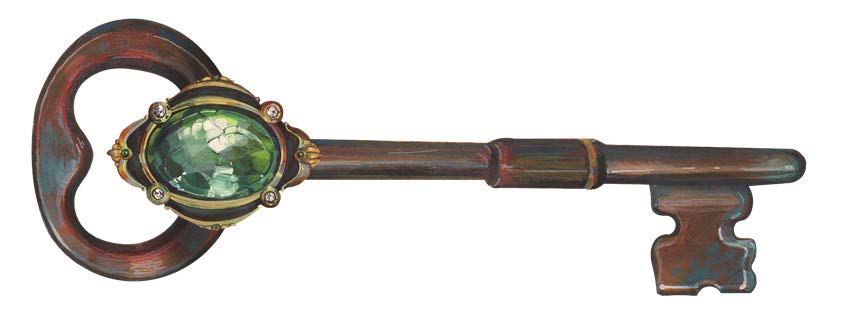
Optional Rules
Accompanying the lineages come a set of optional rules DMs can implement in their games if they have players looking to play these lineages. What happens if a PC’s endgoal is to remove their curse (aka their lineage)? The Libram of Lineages offers some tips on how to do that, followed by examples. There’s also the chance for a PC to stop being a lineage to start using another. That’s also within these rules! As if that was not enough, there are some adventure hooks examples on how the PCs can have their characters get these lineages.
Conclusion
All in all, I really liked this little product and will definitely offer these lineages if I am to run a spooky or horror themed campaign. Some of the lineages have their problems, but they are nothing that can’t be solved with minor tweaks. The most important things about these lineages are the ideas for character concepts in my opinion, and that makes the $2.99 well worth the money.
You can get Van Richten’s Libram of Lineages by entering the link below:


